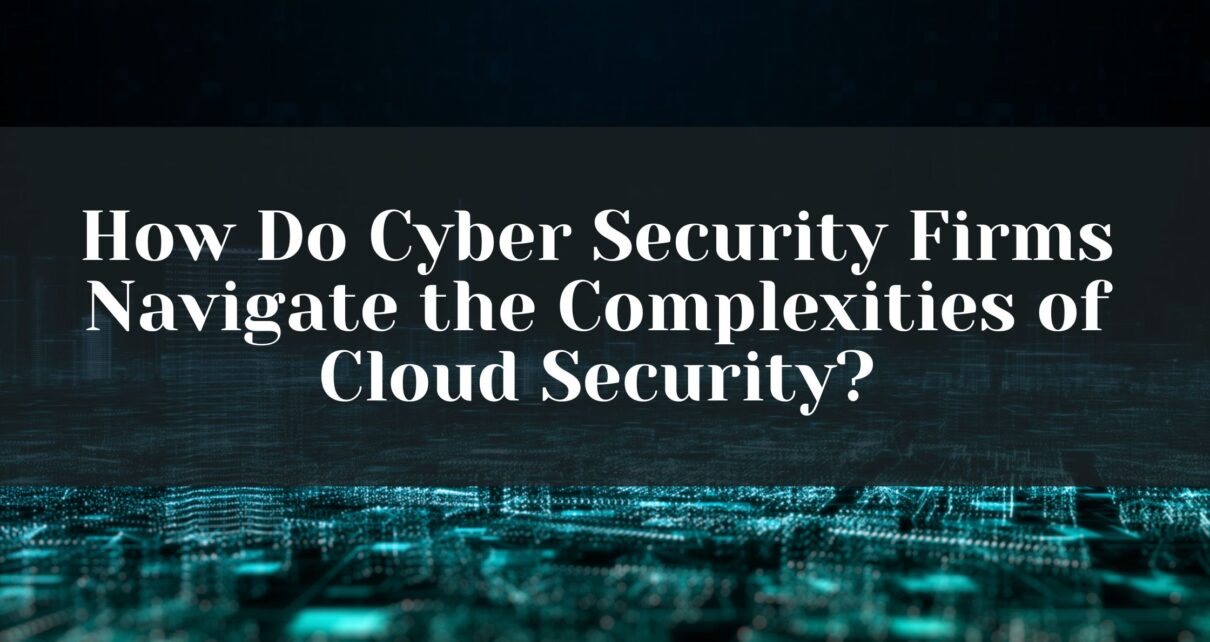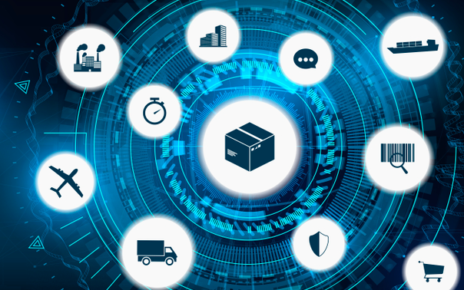Strong cybersecurity measures are crucial in an age where businesses increasingly depend on cloud computing for their operations. The cloud offers unparalleled flexibility, scalability, and efficiency but introduces many security challenges. Cyber security firms are crucial in helping organizations navigate these complexities, safeguarding their digital assets, and mitigating cyber threats. In this blog post, we will explore the strategies & technologies employed by these companies to secure cloud environments effectively.
Navigating the Cloud Security Landscape
Before delving into the intricacies of cloud security, it’s essential to grasp the landscape. Cloud computing includes different service models, such as Infrastructure as a Service (IaaS), Platform as a Service (PaaS), and Software as a Service (SaaS). Each model presents unique security challenges, ranging from data breaches and insider threats to misconfigurations and compliance issues.
A Cyber security company London recognizes the dynamic nature of cloud security and adopts a proactive approach. They continuously monitor the evolving threat landscape, analyze attack vectors, and collaborate with industry partners to develop innovative solutions.
Key Strategies to Navigate Cloud Security Complexities
- Risk Assessment and Compliance
Cybersecurity providers conduct comprehensive risk assessments to identify vulnerabilities and compliance gaps within cloud environments. They leverage industry standards such as ISO 27001, NIST, and GDPR to evaluate security controls and ensure regulatory compliance. By understanding each client’s specific security requirements, they can tailor their approach to mitigate risks effectively.
- Cloud Security Architecture
Building a robust security architecture is paramount to safeguarding cloud assets. Cyber security firms work closely with clients to design and implement security controls that align with their business objectives. This entails setting up secure networks, using encryption, and deploying IDPS for real-time threat detection and mitigation.
- Identity and Access Management (IAM)
Effective IAM is critical in preventing unauthorized access to cloud resources. Companies help clients implement robust authentication mechanisms, including MFA and SSO, to verify users’ identities and enforce access controls. They also employ identity governance tools to manage user permissions and monitor privileged accounts to prevent insider threats.
- Threat Detection and Incident Response
Despite robust preventive measures, cyber threats are inevitable. Cyber security firms deploy advanced threat detection technologies to detect suspicious activities and potential security breaches in cloud environments. These include Security Information and Event Management (SIEM) systems and User and Entity Behavior Analytics (UEBA). In the event of a security incident, they follow predefined incident response procedures to contain the threat & mitigate its impact.
- Continuous Monitoring and Remediation
Maintaining a strong security posture requires continuous monitoring and proactive remediation of security vulnerabilities. Firms leverage automated monitoring tools to assess the cloud’s security posture, identify misconfigurations, and prioritize remediation efforts. They also conduct regular security audits and penetration testing to validate security controls’ effectiveness and promptly address emerging threats.
Technological Solutions Employed by A Cyber Security Company London
In addition to strategic initiatives, companies leverage various technological solutions to enhance cloud security. Have a look!!
- Cloud Access Security Brokers (CASBs)
CASBs act as intermediaries between cloud service providers and users, providing visibility and control over cloud applications and data. They deploy CASBs to enforce security policies, monitor user activities, and prevent unauthorized access to sensitive data stored.
- Secure Web Gateways (SWGs)
SWGs serve as a first defense against web-based threats by filtering and inspecting internet traffic for malicious content. Companies deploy SWGs to protect users accessing cloud applications and services from phishing attacks, malware, and other cyber threats.
- Container Security Solutions
As organizations embrace containerization and microservices architectures, cyber security firms focus on securing containerized applications running in cloud environments. They use container security platforms to scan for vulnerabilities, enforce runtime policies, and isolate containers to prevent breaches.
- Zero Trust Architecture
ZTA is gaining traction as a paradigm shift in cloud security, emphasizing the principle of “never trust, always verify.” Companies assist businesses in implementing ZTA frameworks. These frameworks base access decisions on continuous authentication, least privilege access, and micro-segmentation to minimize the attack surface and mitigate the risk.
Challenges and Future Outlook
While cybersecurity providers have made significant strides in securing cloud environments, several challenges persist. These include the rapid pace of cloud adoption, multi-cloud complexity, and the shortage of skilled cybersecurity professionals. To address these challenges, firms invest in automation, machine learning, and artificial intelligence (AI). It helps streamline security operations, enhance threat detection capabilities, and alleviate the burden on human analysts.
Looking ahead, the convergence of cloud computing, edge computing, and the IoT will further reshape the cybersecurity landscape. Cybersecurity providers must adapt to new technologies and threats, collaborate with partners, and empower organizations for effective cloud security.
Conclusion
Cyber security firms play a vital role in safeguarding cloud environments against cyber threats. Organizations adopt a proactive approach, leverage advanced technologies, and collaborate with clients to mitigate risks. This ensures regulatory compliance and maintains a strong security posture in an increasingly interconnected world. As the digital landscape evolves, the partnership between firms and businesses will remain crucial.




